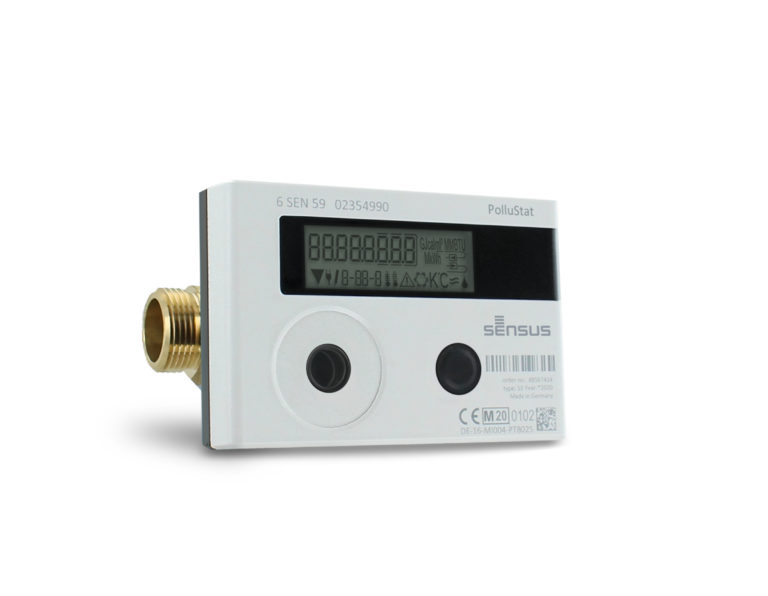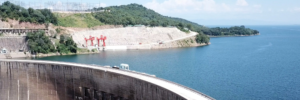PolluStat Meter to Enhance Thermal Energy Management in Europe

The ultrasonic heat and cooling meter PolluStat stands for accurate consumption measurement to meet climate targets. (Image source: Xylem Inc.)
This advanced meter is designed with energy efficiency in mind to help with conservation measures.
“At Xylem, sustainability is core in our daily business. We offer solutions to support our customers’ business and climate goals. PolluStat is a communicative thermal energy meter that can help drive consumer awareness of our energy consumption for heating and cooling whilst minimizing energy and maximizing efficiency for a greener future” said Thomas Stiegler, Senior Director Thermal Energy.
The updated PolluStat is strategically aligned with the 2012 European Energy Efficiency Directive (EED) and the 2018 EED amending directive, which impose stronger rules for member states that are part of the European Union (EU). The directive requires enhanced consumer engagement by building awareness and driving behavioral change, especially on consumption, conservation and billing of thermal energy, in order to reach the EED energy efficiency target of 32.5% by 2030 across the EU.
Reliable technology with precise engineering
The Pollu-series is a well-known and trusted heating and cooling product range from Sensus, who invented the first heat meter in the 1950s. With the evolved PolluStat, innovative communication technology is skillfully combined with traditional engineering expertise.
Designed as an energy metering solution for reliable monitoring, alarm detection and accurate billing, the PolluStat will serve in heating or cooling circuits of residential and commercial buildings. The thermal energy meter can be equipped with a wide range of communication modules such as M-Bus, Wireless M-Bus or Remote Meter Pulse, assuring future-proof application needs. The meter’s state-of-the-art technology enables a high flexibility level with installation in any orientation without loss of accuracy and supports intelligent workflows, helping energy users become smarter and more sustainable.
The new PolluStat thermal energy meter is now available.
Source: Xylem Inc.







